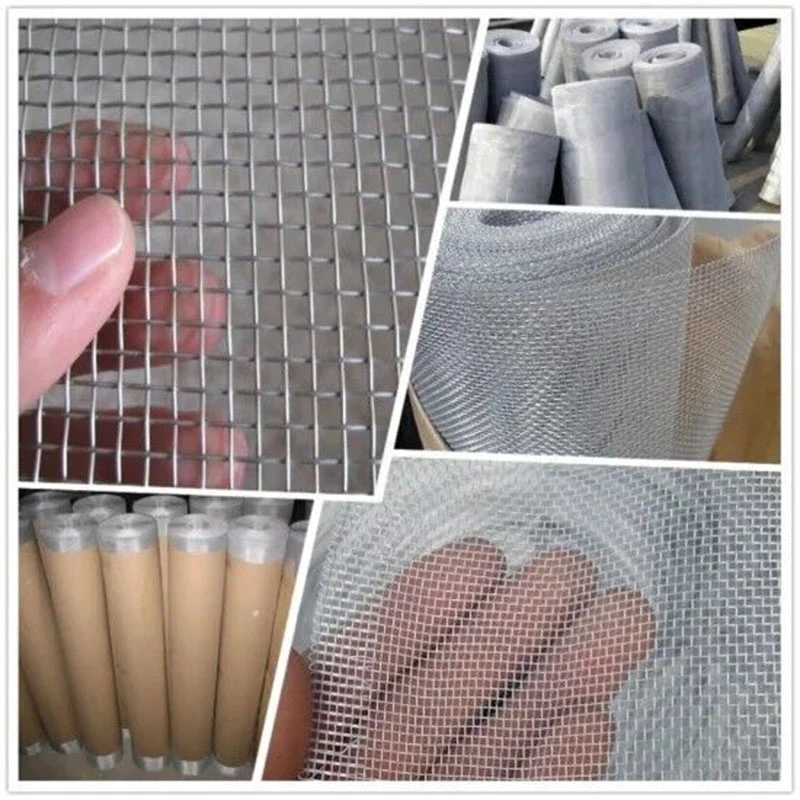The Versatility and Utility of Galvanized Iron Nails
Galvanized iron nails are an essential component in various construction and woodworking projects, prized for their durability and resistance to corrosion. The process of galvanization involves coating iron or steel nails with a layer of zinc, providing a protective barrier that significantly extends their lifespan, particularly in outdoor or humid environments. This article explores the characteristics, applications, and benefits of galvanized iron nails, highlighting their importance in modern construction practices.
Understanding Galvanization
The galvanization process typically involves either hot-dip galvanizing or electro-galvanizing. In hot-dip galvanizing, nails are submerged in molten zinc, allowing the metal to bond at a molecular level. This process results in a thicker coating, which enhances the nails' corrosion resistance. On the other hand, electro-galvanizing involves applying a zinc coating through an electrical process, creating a thinner but equally effective protective layer. Both methods have their unique advantages, making galvanized nails suitable for a wide range of applications.
Corrosion Resistance
One of the primary reasons for using galvanized iron nails lies in their exceptional resistance to corrosion. In environments where moisture is prevalent, such as coastal areas or regions with heavy rainfall, uncoated nails can rust quickly, leading to structural failures and the degradation of materials. Galvanized nails, however, can withstand exposure to the elements for many years, reducing the need for frequent replacements. This characteristic is especially vital in outdoor constructions, such as decks, fences, and roof installations, where durability is crucial.
Applications of Galvanized Iron Nails
galvanized iron nail

Galvanized iron nails are widely used in various applications, ranging from residential construction to industrial projects. They are an integral part of framing, roofing, and siding installations, providing reliable fastening solutions that ensure the structural integrity of buildings. In addition, these nails are extensively used in woodworking projects, furniture manufacturing, and cabinetry, where strength and longevity are paramount.
Moreover, galvanized nails are favored for their versatility. Available in different sizes and shapes—such as common nails, box nails, and finishing nails—they can be utilized for both heavy-duty applications and more delicate work. This versatility makes them a go-to choice for contractors and DIY enthusiasts alike, simplifying the selection process for various projects.
Environmental Impact and Sustainability
As sustainability and environmental impact become increasingly important in construction, galvanized iron nails offer a comparatively eco-friendly solution. The zinc coating is non-toxic and, when sourced responsibly, can be part of sustainable building practices. Additionally, the long lifespan of galvanized nails means fewer resources are needed for replacements, contributing to reduced waste over time.
Conclusion
In conclusion, galvanized iron nails exemplify a perfect blend of strength, durability, and versatility, making them an indispensable tool in modern construction and woodworking. Their resistance to corrosion ensures that structures remain safe and intact for years, even in challenging environmental conditions. As we progress into a more sustainable future, the continued use of galvanized nails may play a pivotal role in promoting responsible building practices. Whether for intricate woodworking projects or large-scale construction, these nails serve as a reliable connection, binding materials together while standing the test of time. The humble galvanized iron nail, often overlooked, proves to be a cornerstone of sound and durable construction.

















